Home>Home Appliances>Laundry Appliances>What Happens If You Overload A Washing Machine
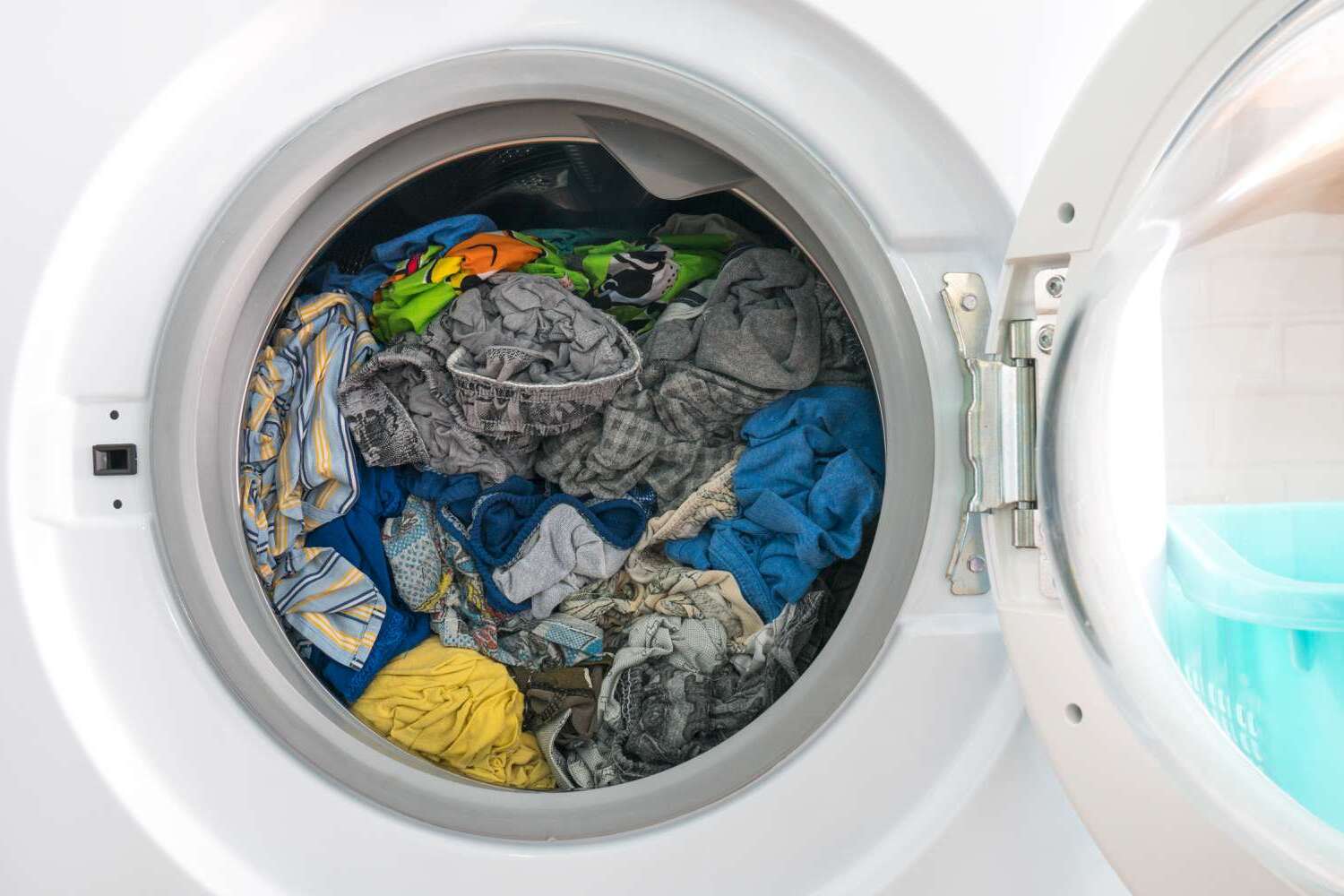

Laundry Appliances
What Happens If You Overload A Washing Machine
Published: February 21, 2024
Learn the consequences of overloading a washing machine and how it can impact your laundry appliances. Discover tips to prevent damage and maintain your machine's performance.
(Many of the links in this article redirect to a specific reviewed product. Your purchase of these products through affiliate links helps to generate commission for Storables.com, at no extra cost. Learn more)
The Consequences of Overloading a Washing Machine
Overloading a washing machine can lead to a myriad of issues that can affect both the appliance and the cleanliness of your laundry. It's a common mistake that many people make, often in an attempt to save time or energy. However, the repercussions of overloading a washing machine can be significant and should not be overlooked.
When you overload a washing machine, you risk compromising its ability to effectively clean your clothes. The laundry needs ample space to move around freely during the wash cycle, allowing the detergent and water to penetrate the fabric and remove dirt and grime. When the machine is overloaded, the clothes become tightly packed, hindering the necessary agitation and water flow. As a result, the detergent may not distribute evenly, leading to inadequate cleaning and potential residue left on the clothes.
Furthermore, overloading can strain the washing machine's motor and other mechanical components. The added weight and imbalance can cause excessive wear and tear, leading to premature damage and potential breakdowns. This can result in costly repairs or the need for a replacement, ultimately impacting your budget and convenience.
In addition to mechanical strain, overloading a washing machine can also affect its overall efficiency. The appliance may struggle to maintain the optimal water level and balance during the wash and spin cycles, potentially causing excessive vibrations and noise. This not only disrupts the machine's performance but also poses a safety risk, as it may move or shake excessively during operation.
Moreover, overloading can lead to longer wash times and increased energy consumption. The machine may need to compensate for the excessive load by extending the cycle duration, consuming more water and electricity in the process. This not only wastes resources but also adds to your utility bills over time.
In summary, overloading a washing machine can result in inadequate cleaning, mechanical strain, reduced efficiency, potential safety hazards, and increased energy consumption. It's essential to adhere to the recommended load capacity of your washing machine to ensure optimal performance and longevity while achieving clean and fresh laundry.
Key Takeaways:
- Don’t overload your washing machine! It can lead to poor cleaning, machine strain, longer wash times, and higher energy consumption. Follow the manufacturer’s guidelines and separate heavy and light items for optimal performance.
- Signs of overloading include a bulging door, limited agitation, unbalanced spin cycle, residue on clothes, extended wash times, and excessive machine movement. Be mindful of these signs to avoid overloading and ensure effective cleaning.
Signs of Overloading Your Washing Machine
Determining whether you've overloaded your washing machine is crucial for maintaining its performance and prolonging its lifespan. By recognizing the signs of overloading, you can prevent potential issues and ensure that your laundry is effectively cleaned. Here are some telltale signs that indicate you may have overloaded your washing machine:
-
Bulging Door: When you struggle to close the washing machine door due to excessive pressure from the laundry inside, it's a clear indication of overloading. The door may bulge outward, signaling that the machine's load capacity has been exceeded.
-
Limited Agitation: If the clothes inside the machine appear tightly packed and have minimal room to move around during the wash cycle, it's a sign of overloading. Proper agitation is essential for thorough cleaning, and when the laundry is overcrowded, it hinders the necessary movement for effective washing.
-
Unbalanced Spin Cycle: Overloading can lead to an unbalanced spin cycle, causing the machine to vibrate excessively or produce loud, irregular noises. This imbalance is a result of the excessive weight and uneven distribution of the laundry, impacting the machine's ability to spin smoothly.
-
Residue on Clothes: When you notice detergent residue or unclean patches on your clothes after a wash cycle, it may be due to overloading. The overcrowded laundry prevents the detergent and water from reaching all areas of the fabric, resulting in inadequate cleaning and potential residue buildup.
-
Extended Wash Times: Overloading can prolong the wash cycle as the machine struggles to accommodate the excessive load. If you observe that the washing duration is longer than usual, it could be a sign that the machine is compensating for the overloaded laundry, impacting its efficiency and energy consumption.
-
Machine Movement: An overloaded washing machine may exhibit excessive movement during operation, potentially shifting from its original position or vibrating noticeably. This movement is a result of the strain caused by the heavy load, posing a safety risk and indicating that the machine is being pushed beyond its capacity.
By being mindful of these signs, you can avoid overloading your washing machine and ensure that it operates optimally. It's essential to adhere to the recommended load capacity specified for your machine, allowing for proper cleaning, efficient performance, and the prevention of potential mechanical issues.
To avoid overloading your washing machine, follow the manufacturer’s guidelines for load capacity. Overloading can lead to poor cleaning, damage to the machine, and potential safety hazards.
How Overloading Affects Your Washing Machine's Performance
Overloading a washing machine can have detrimental effects on its performance, impacting its ability to effectively clean laundry and maintain operational efficiency. When the machine is overloaded, the laundry becomes tightly packed, impeding the necessary movement and water flow during the wash cycle. This restriction hinders the detergent's distribution and the water's penetration, resulting in inadequate cleaning and potential residue buildup on the clothes.
The strain caused by overloading can also lead to mechanical issues, affecting the washing machine's overall performance and longevity. The added weight and imbalance exert excessive pressure on the machine's motor and components, accelerating wear and tear and potentially leading to premature damage. This can result in operational malfunctions, such as difficulty in maintaining the optimal water level and balance during the wash and spin cycles. As a consequence, the machine may experience unbalanced spin cycles, excessive vibrations, and loud noises, disrupting its performance and posing safety hazards.
Furthermore, overloading a washing machine can contribute to increased energy consumption and extended wash times. The machine may need to compensate for the excessive load by prolonging the cycle duration, consuming more water and electricity in the process. This not only wastes resources but also adds to the household's utility bills over time, impacting both the environment and the budget.
In summary, overloading a washing machine compromises its cleaning effectiveness, strains its mechanical components, disrupts its operational performance, poses safety risks, and increases energy consumption. These adverse effects can lead to costly repairs, reduced appliance lifespan, and unsatisfactory laundry outcomes. Therefore, it is crucial to adhere to the recommended load capacity of the washing machine, allowing for optimal performance, efficient cleaning, and the prevention of potential mechanical issues.
Tips to Avoid Overloading Your Washing Machine
Adhering to the recommended load capacity of your washing machine is essential for maintaining its performance and ensuring that your laundry is effectively cleaned. By following these practical tips, you can prevent overloading and optimize the efficiency of your washing machine:
-
Refer to the Manufacturer's Guidelines: Familiarize yourself with the specific load capacity indicated by the manufacturer for your washing machine. This information is typically provided in the user manual or displayed on the appliance. Adhering to this guidance ensures that you do not exceed the machine's limitations, allowing for proper cleaning and operational efficiency.
-
Separate Heavier and Lighter Items: When preparing your laundry for washing, separate heavier items such as towels, jeans, and blankets from lighter garments like t-shirts and delicates. This segregation prevents an uneven distribution of weight in the machine, reducing the risk of overloading and minimizing strain on the appliance's components.
-
Use a Measuring Guide: If you are uncertain about the appropriate load size, consider using a measuring guide to gauge the volume of laundry. This can be particularly helpful when washing bulky items or unfamiliar fabric types. By measuring the load, you can ensure that it aligns with the machine's capacity, promoting effective cleaning and preventing mechanical strain.
-
Allow Room for Movement: When loading the machine, leave ample space for the laundry to move freely during the wash cycle. Avoid cramming the drum with clothes, as this impedes the necessary agitation and water flow. Allowing room for movement facilitates thorough cleaning and prevents the formation of detergent residue on the garments.
-
Monitor the Water Level: Be mindful of the water level in the washing machine when loading your laundry. Overfilling the machine with clothes can lead to inadequate water circulation, affecting the cleaning process. Ensure that the water level accommodates the load size, allowing the detergent and water to penetrate the fabric effectively.
-
Consider Half Loads for Bulky Items: For bulky items that occupy a significant portion of the machine's capacity, consider washing them separately or in smaller loads. This approach prevents overloading and allows the appliance to maintain optimal performance when handling heavier fabrics.
-
Regularly Inspect the Machine: Periodically inspect the washing machine for any signs of strain or wear, such as unusual noises or vibrations during operation. Addressing these indicators promptly can prevent potential mechanical issues caused by overloading and ensure the appliance's longevity.
By implementing these tips, you can effectively avoid overloading your washing machine, promoting efficient cleaning, optimal performance, and the prevention of mechanical strain. Prioritizing the recommended load capacity and mindful laundry preparation can contribute to the appliance's longevity and the quality of your laundry outcomes.
Frequently Asked Questions about What Happens If You Overload A Washing Machine
Was this page helpful?
At Storables.com, we guarantee accurate and reliable information. Our content, validated by Expert Board Contributors, is crafted following stringent Editorial Policies. We're committed to providing you with well-researched, expert-backed insights for all your informational needs.


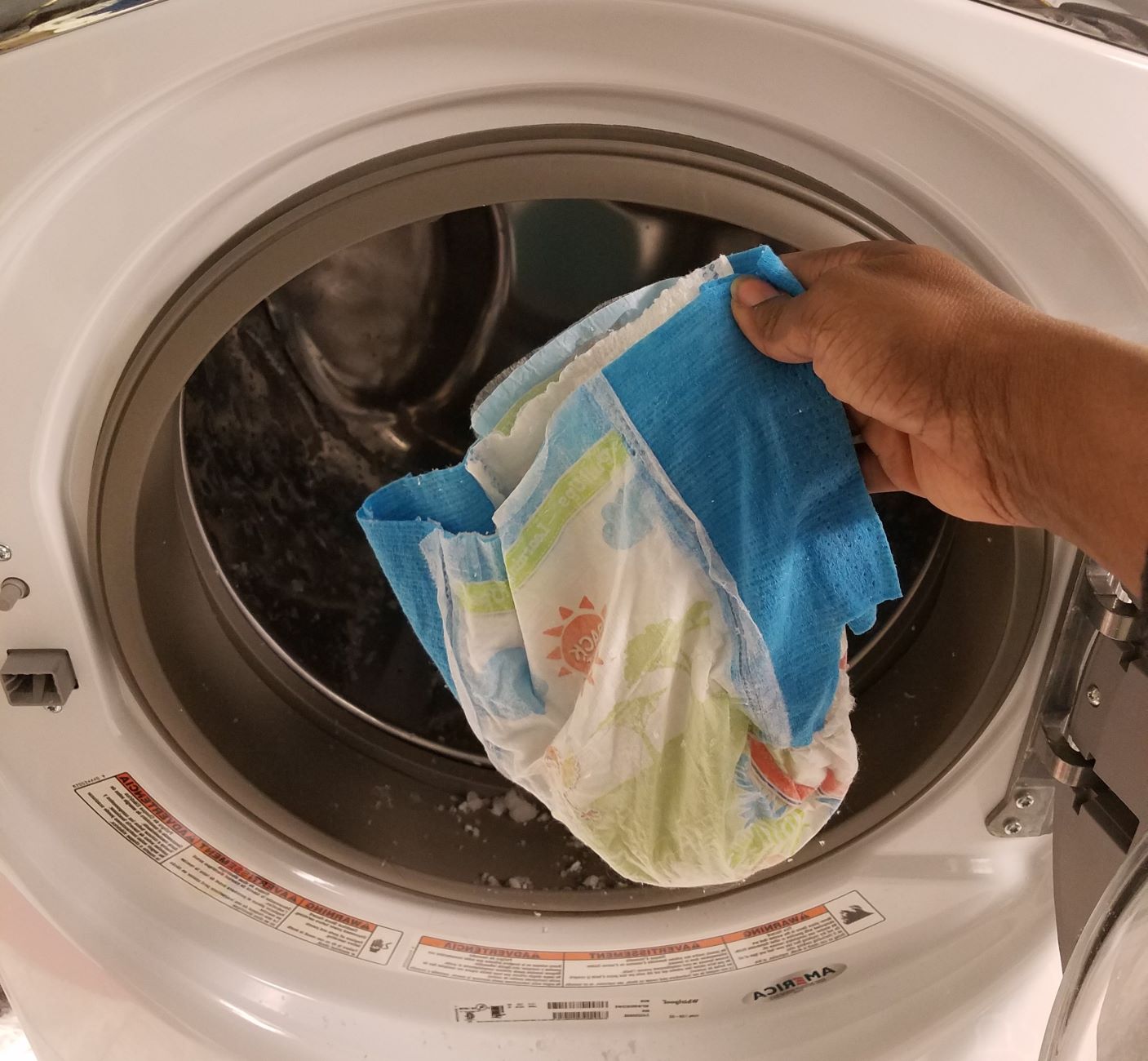




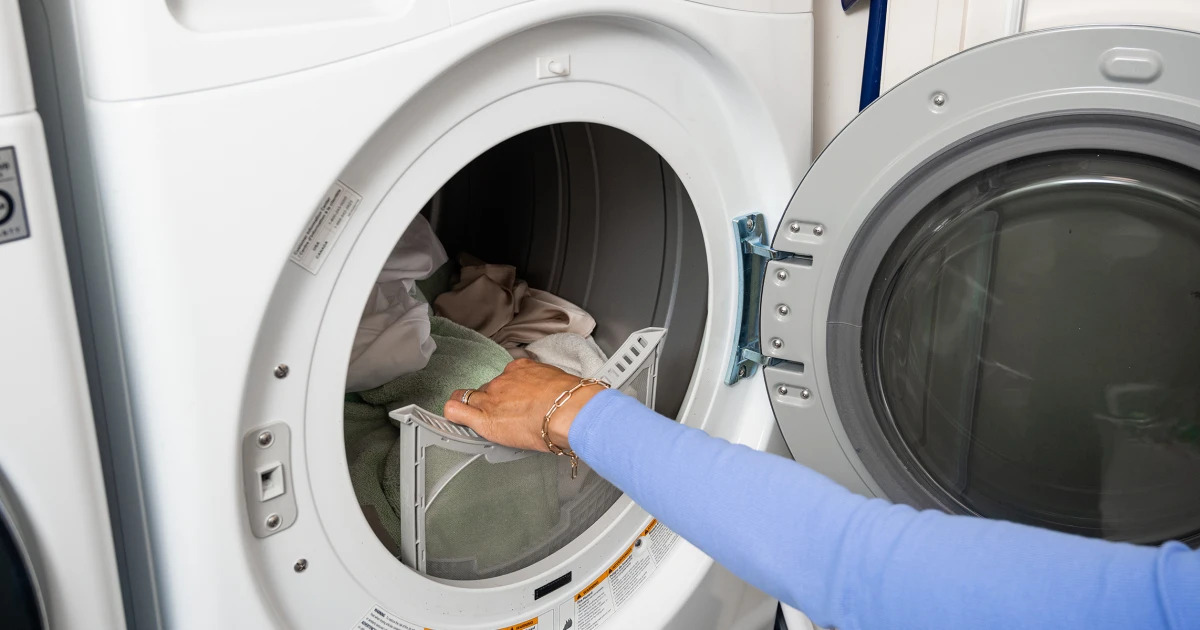
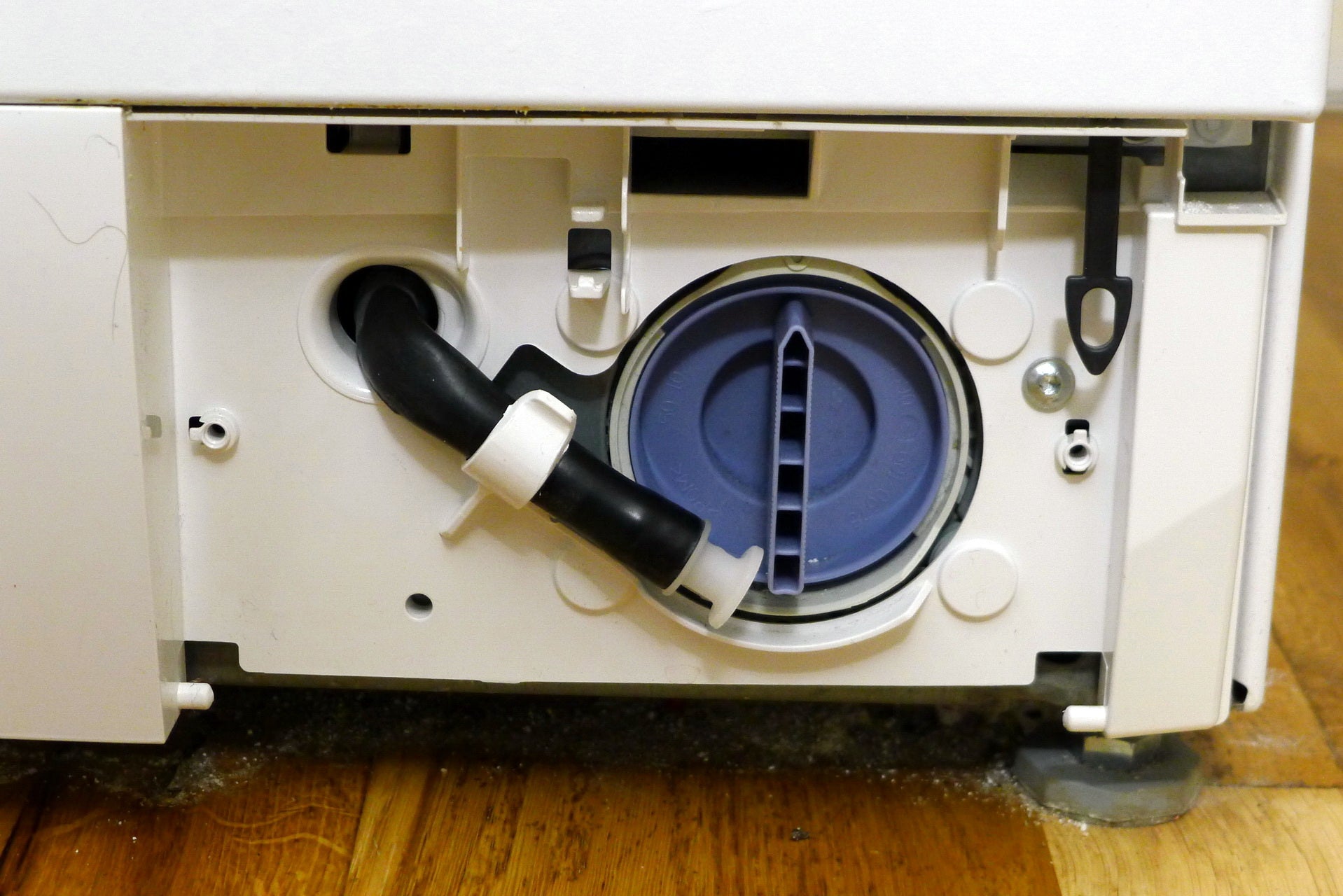


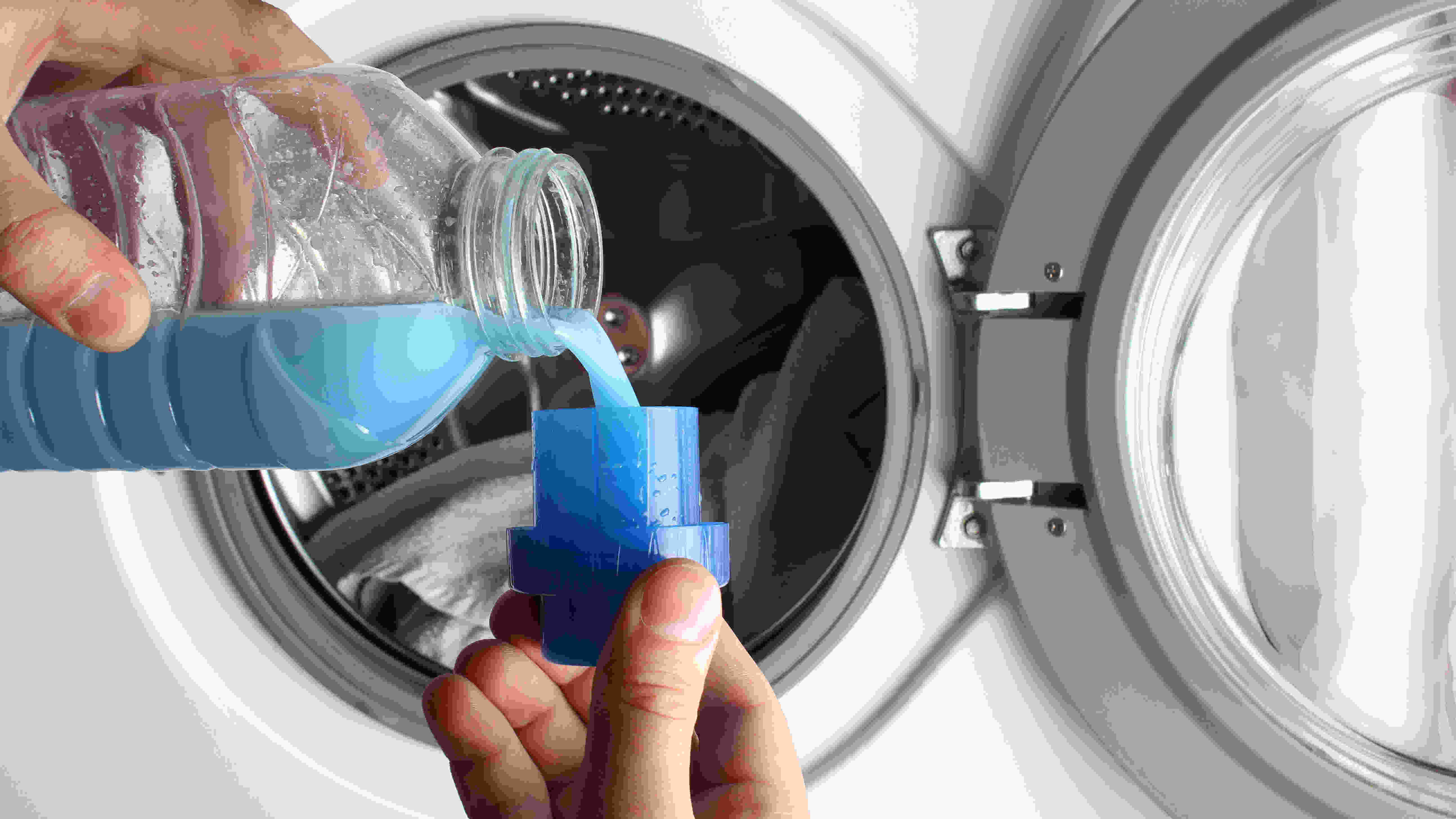




0 thoughts on “What Happens If You Overload A Washing Machine”